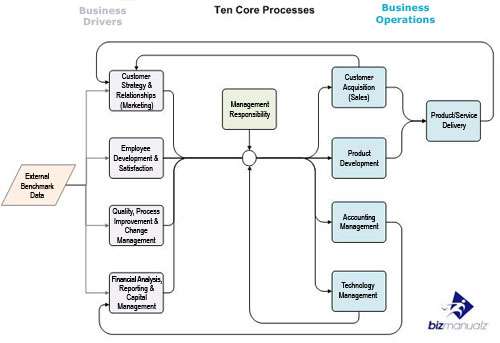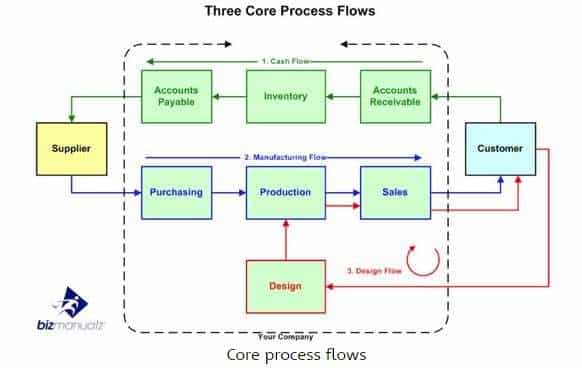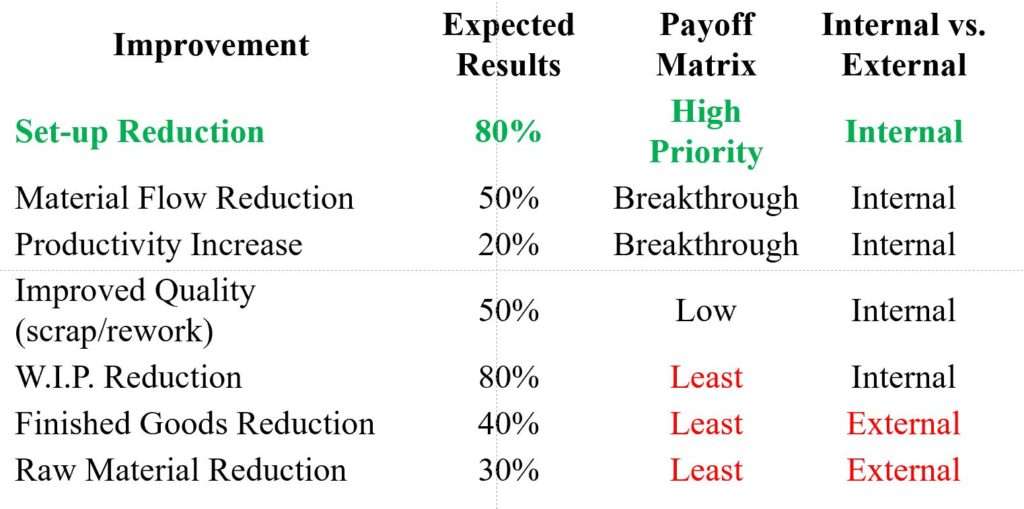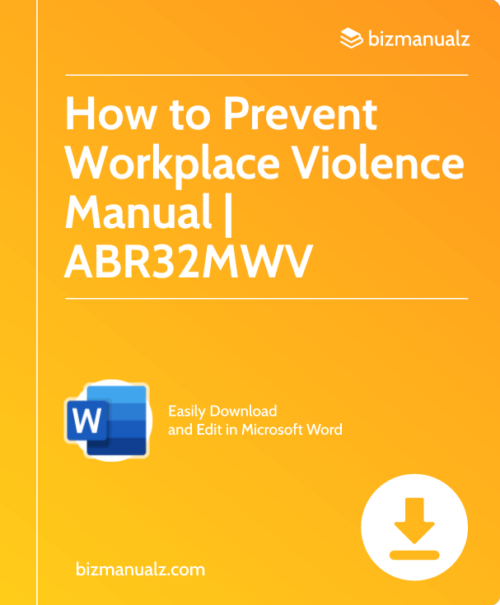How to Identify and Improve Your Core Processes

How do you know where to begin? How can you identify a gap in one of your company’s core processes? The answer: Follow the Money Trail! But how do you follow the money trail, and what will that mean for your business? To answer this, let’s look at five steps to identify your core processes and any needs for change. How to identify and improve your core processes.
Steps to Identify and Improve Your Core Processes
The five steps to identify your core processes.
Step 1: Define Your Business Model
The following question might sound very basic, but you should first ask yourself: what business am I in? You’ll ask – why? – to follow the money trail: to identify how exactly you earn revenue and from where that revenue comes. And this also defines your business model, which sets how you make money.
By examining your business model (including mission and vision statements), you see not only how you can make money but also how you should make money. In other words, what should be happening in your business to increase revenue – but isn’t and why?
Step 2: Create a Process Map
Once you’ve looked at your business model, continue to follow the money trail and identify your company’s core processes in the cash to cash cycle. By doing this you can see which processes are most critical to the overall success of your business.
Next, connect the core processes in a process map. Link suppliers, inputs, process, outputs, and customers (SIPOC) together to see the overall cash conversion cycle. Let’s take a look at an example of a high level process map.
Here we have the complete business cycle of a typical company. You can see the departments through which cash flows. Once you identify and break down your company’s core processes, you are closer to answering the question, “Which process do I start to improve?”
Step 3: Examine Financial Statements
Continuing along the money trail and identifying core processes, look at your financial statements — the balance sheet, income statement, and cash flow statement. Your financial statements indicate where your money is piling up, sort of like a snap shot of what your velocity is currently.
For example, in a manufacturing company, you can determine if there are long wait times between sales or long delivery times, both of which are evident in inventory. And inventory (as seen in your financial statements) also shows the effects of time and whether your process velocity (i.e., a slow process in the conversion cycle that causes long lead and wait times) is causing a pile up in your financial statements. Ask yourself, “Are my processes fast enough to make my customers happy?”
Step 4: Identify Process Velocity
Velocity is the speed at which your system is operating currently (e.g., goods delivered on time, responsiveness to orders). To design one of the effective core processes, you will need to know the set velocity that the organization needs to maintain good customer satisfaction.
If your inventory process has a long cycle time, beginning with raw materials and ending with the customer, this could be an indication of low velocity. Customers set the pace, and they will tell you if the velocity of product turnaround is sufficient. And so companies need to calculate what that pace is to make customers happy.
Step 5: Determine Leverage
The last element in following the money trail is to review leverage – which process improvement will create the strongest return on investment (ROI)? Keep in mind both time and money, and determine what process inefficiency is consuming all of your cash. Why is that process eating away your money, and should it be?
But keep in mind the element of risk: What will happen if I make a change, and what will happen if I make no change?
For gauging your ROI needs, examine the five core processes we’ve discussed so far: your business model, process map, your financial statements, velocity and the leverage to make your customers happy. Answer these five questions and you should know where to start.
Let’s look at an example in play…
Core Business Processes Case Study
A manufacturing company interested in ISO 9001 quality was experiencing poor customer service and very low inventory turns and needed help. The company’s perceived problem was not that they carried too much inventory but, instead, that they had poor customer service and employee performance in processing and fulfilling orders in a timely manner.
Because of this, they wanted us to focus on those areas. But with such a pile up of inventory, we saw a red flag. And we asked the company: where is the root cause of the problem?
As we took a further look, we immediately saw a connection between poor customer sales service and a large stock of inventory. The company’s manufacturing cycle efficiency was so low that it created a perceived need for higher inventory. And customers weren’t happy because of long wait times to receive the products that they ordered. In other words, customers weren’t getting the velocity that they had expected and wanted.
The company insisted that it needed more inventory to keep customers happy. But this is just another bandage to fix the symptom of the problem and not the root cause.
Inventory is a result of the purchasing, manufacturing and sales cycles. And so we examined the financials, business model and system velocity of the company. From there we created a process map of these three core processes, as well as defined the company’s leverage points that would ensure a healthy ROI for any process changes made.
We calculated an improvement of five times in velocity. By removing the inefficiencies out of the system, inventory decreased significantly, turns increased greatly, and customers were happy. We helped reduce the total amount of inventory. And we also helped increase the speed of the inventory cycle by focusing on purchasing, manufacturing and sales.

Create a Gap Analysis
And so with this example, we can now answer our original question: where do you start? As we’ve discussed, follow the money trail through the five key steps: define your business model, create a process map, examine financial statements, set velocity and determine leverage. But what pulls it all together?
We pull all of this together with a Gap Analysis. An operations assessment (also called an audit) results in a Gap Analysis and this report of gaps, or inefficiencies, found in the system shows you where to start to achieve your target. A Gap Analysis will help you identify your core processes and performance metrics in order for you to achieve your objectives.
















Leave a Reply